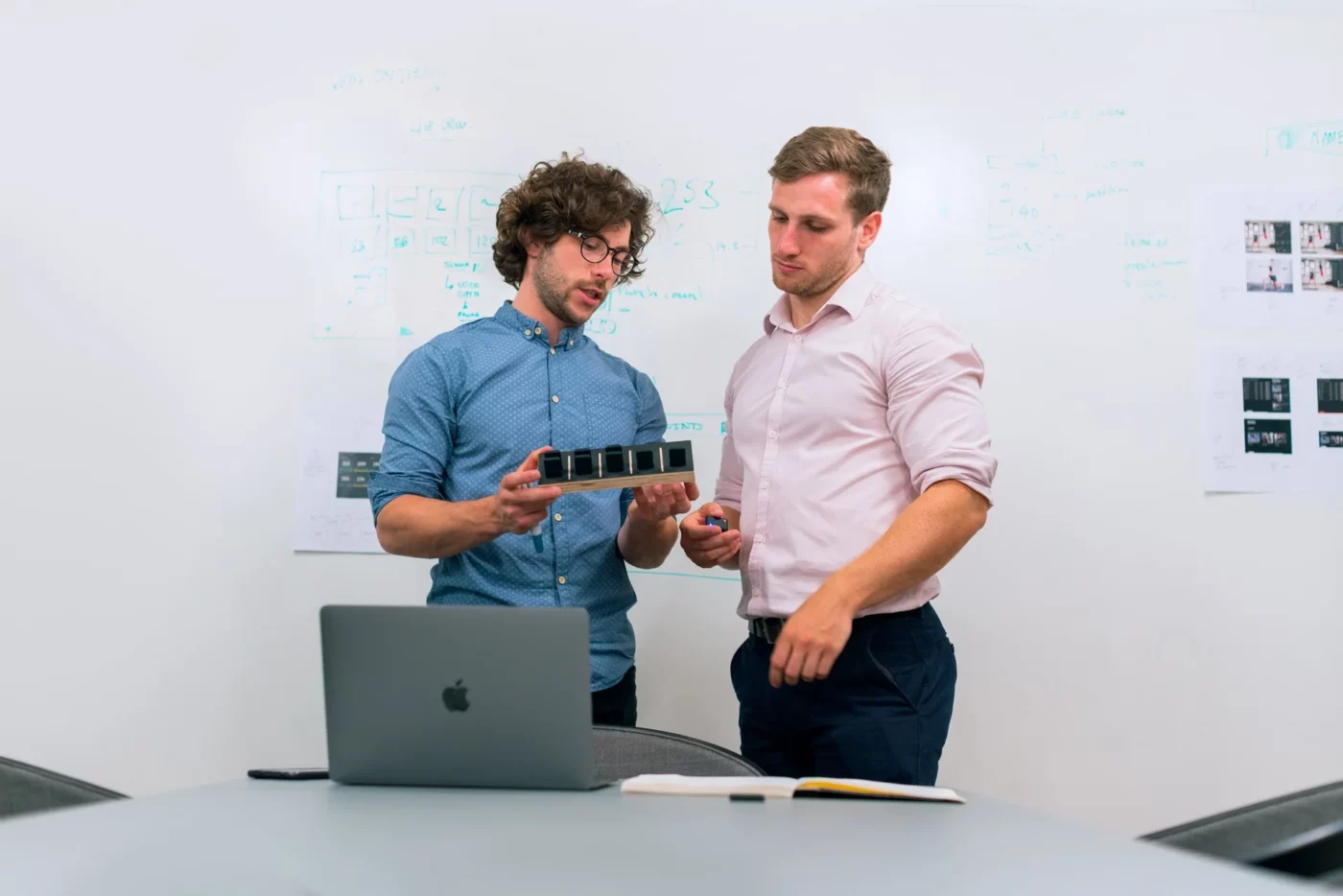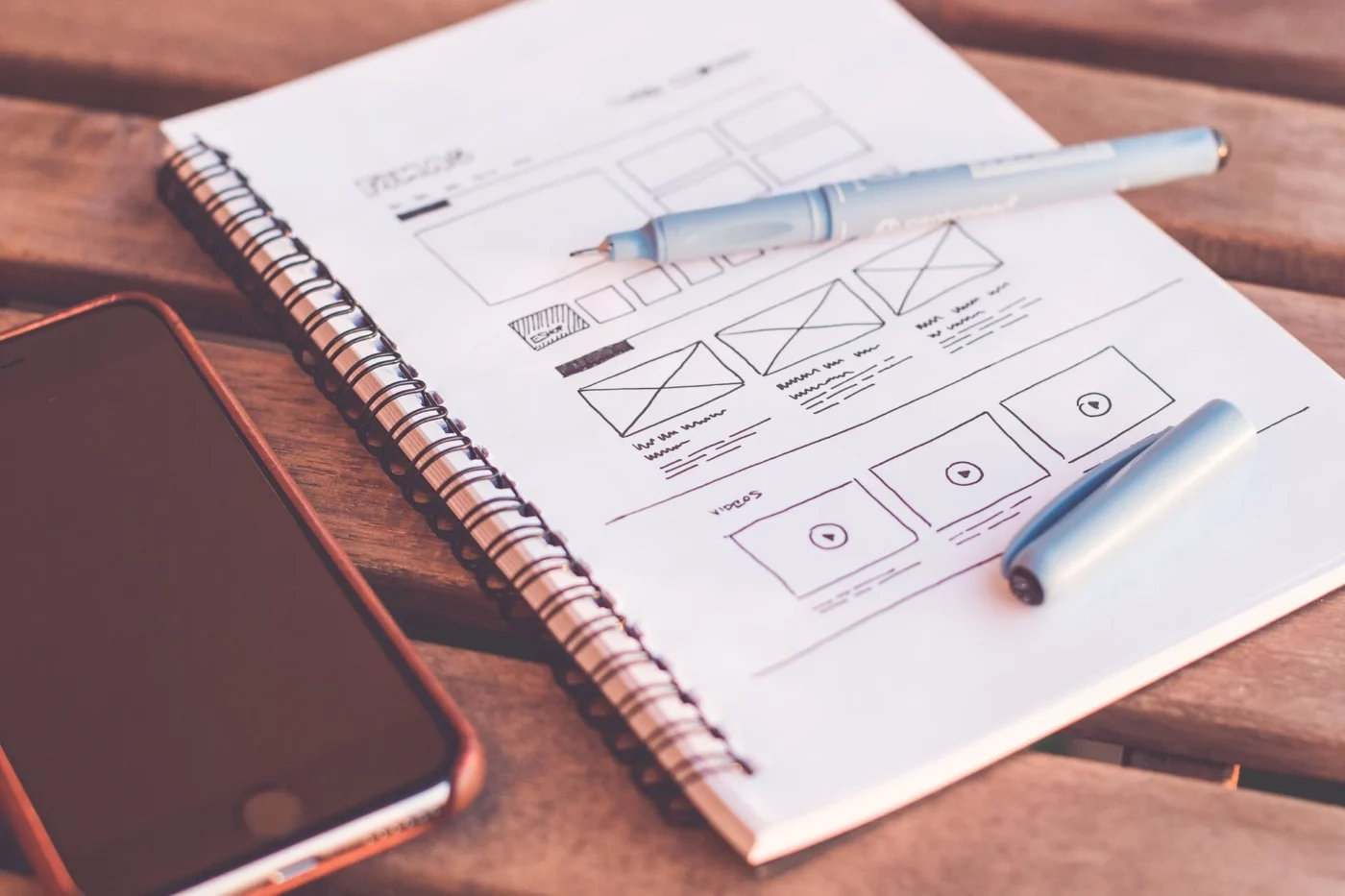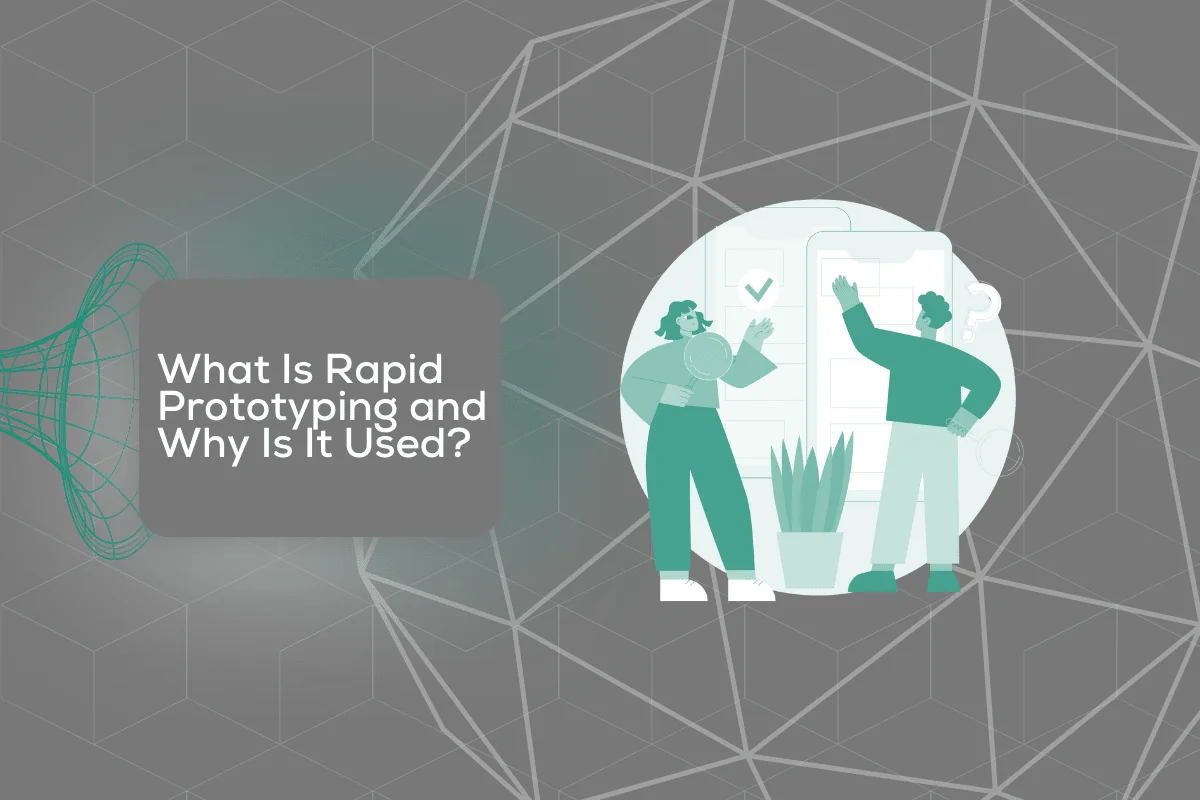Do you need an MVP that will provide you with more data on how to improve a future product? The method that can be used as a test phase for what features should be included in the MVP is rapid prototyping. Now, you might ask – what is rapid prototyping? Let’s delve into the ins and outs of this useful method of quickly simulating a concept.
What Is Rapid Prototyping?
A quick and useful strategy employed throughout product creation and design stages, rapid prototyping provides designers and developers with simulations of products, be it an app or a website, for validation and testing.
It’s essential to create different iterations within a short period while analysis and newly collected data are used to enhance each prototype. The main purpose is to communicate and visualize ideas as well as validate requirements. This strategy will solve any design issues before the app or website reaches the market. So, the meaning of rapid prototyping is the creation of a preliminary product’s or system’s model.
What Are the Types of Rapid Prototypes Created for the Sake of UX?
The result of this strategy are rapid prototypes – preliminary models that simulate the product’s specific aspects. In the tech world, a software application’s prototype can entail clickable wireframes or mockups to test user experience and flow.
However, if a team of designers needs to create a tangible object, the process generally involves a 3D-printed model of a tool or gadget. So, it’s important to know that there are various types of prototypes, and they include:
- Visual prototypes,
- Functional prototypes,
- Concept models,
- Production tools prototypes,
- Pre-production prototypes,
- Production molds of prototypes.
Low-Fidelity vs. High-Fidelity Prototypes
The end products and a prototype don’t have to look the same since the design is based on the goals of the product creator that will reiterate the design continuously. Therefore, they are often classified according to the degree of accuracy, and this is known as “Fidelity.” Their closeness to the final product can be classified under low-fidelity and high-fidelity.
A low-fidelity prototype is rudimentary, designed quickly to consider the feasibility of the project, and it includes wireframes, clickable PDFs, cardboard mock-ups, and paper sketches. On the other hand, high-fidelity one resembles end-products more, and they are similar in size, appearance, and functionality.

Why Do We Consider This Strategy Important?
Rapid prototyping is a vital part of MVP software development. For app development, backend web development, or frontend web development, it’s necessary to first gauge the feasibility of the idea as well as visualize the concept in some way. We live in the time of modern technology that has created mass consumption and a competitive market that restricts poorly devised concepts to reach users.
To avoid losing money on an idea that won’t work for the consumer, this strategy emerges as a tool to improve upon an idea in the early stages and introduce it to the market quickly and, most importantly, with higher prospects for success. A prototyping service provides the end-user and client with a way to get direct feedback.

Are 3D Printing and Rapid Prototyping The Same?
So, the stumbling block for the majority of people trying to understand this concept is differentiating between 3D printing and rapid prototyping. The strategies discussed here are not the same. 3D printing refers to creating three-dimensional objects by depositing materials layer by layer based on a digital model. It’s a form of additive manufacturing, while the other method is a broader concept that doesn’t always involve having a tangible item.
Benefits and Drawbacks of Rapid Prototyping Related to the Product’s Design
While this approach of visualizing and testing concepts has numerous advantages that enhance app or software development, it’s not without challenges. Following is a table highlighting the benefits and drawbacks.
| Benefits | Drawbacks |
|---|---|
| Speeds up product's creation | Results can sometimes be misleading |
| Reduces potential risks and MVP mistakes | Limitations in real-world testing |
| Reduces expenses | Emphasis only on Visuals |
| Allows evaluation of ergonomics and human factors | Risk of getting premature feedback |
| Increases user involvement throughout design stages | Overlooking key features |
How Does Rapid Prototyping Work? What Steps are Featured in the Process?
To visualize how the final app or software will function, developers and designers use testing and iteration before committing to creating the final app or software. The steps involved in this process are ideation, sketching, coming up with low-fidelity and high-fidelity prototypes, testing on users, iteration, and development handoff. Let’s see some details on each of these:
- Ideation – During this phase, the stakeholders, designers, and developers discuss core features, user flow, application, or design.
- Sketching – The second phase includes sketching ideas on a whiteboard or paper. It’s essential to capture the primary aspects of the concept.
- Low-fidelity prototypes – This is already a step closer to making the vision come to life. Even though it involves basic representations, it helps developers get an outline of the app’s structure, main navigation pathways, and layout.
- High-fidelity prototypes – A more interactive and detailed prototype offers more insight into the functionality. Tools such as Adobe XD, Sketch, and Figma are utilized during this step.
- Iteration – User and stakeholder feedback steers the process of developing the app or software. This step ensures they are adjusted and refined.
- Development handoff – Once the whole process reaches a satisfactory level, developers use it as a reference to build the actual software or app.
What’s Involved in Rapid Prototyping Design When a Product Needs to Be Manufactured? Is a Type of Laser Used?
When it comes to manufacturing physical products, this method is pivotal. Using tools such as CAD software, design concepts are translated into digital models, which are then turned into tangible mock-ups through methods like 3D printing or CNC machining.
These physical representations undergo iterative adjustments based on feedback to ensure manufacturability and functionality. This process is essential in bridging the gap between designs and the realities of manufacturing.
Using lasers is considered essential in the context of additive manufacturing or 3D printing. One of the most common methods that uses lasers is stereolithography (SLA). In SLA, teams use a laser to selectively cure a photosensitive resin. The process involves a UV laser beam scanning a vat of liquid resin, solidifying or “curing” the material layer by layer.

Feel Free to Contact Juratech and Get UX by Investing in a Quality Prototyping Service
Now you know the answer to what does rapid prototyping mean, it’s time to reach out to Juratech. We are an established MVP development company that specializes in both software prototyping and hardware prototyping. We deliver excellent rapid prototyping development services as well as frontend web development services.
Ensure that you gauge the interest of your potential clients by investing first in a prototype and then in an MVP. Our dedicated team is committed to transforming your vision into a solid foundation for the final product. Contact us immediately and learn what services we offer.







